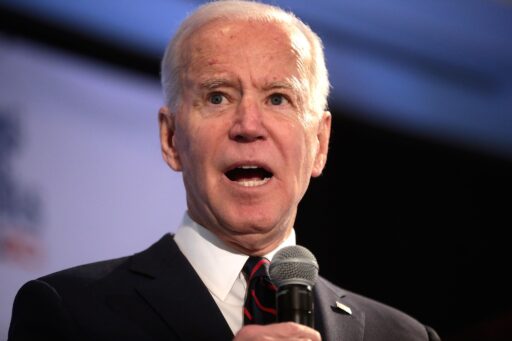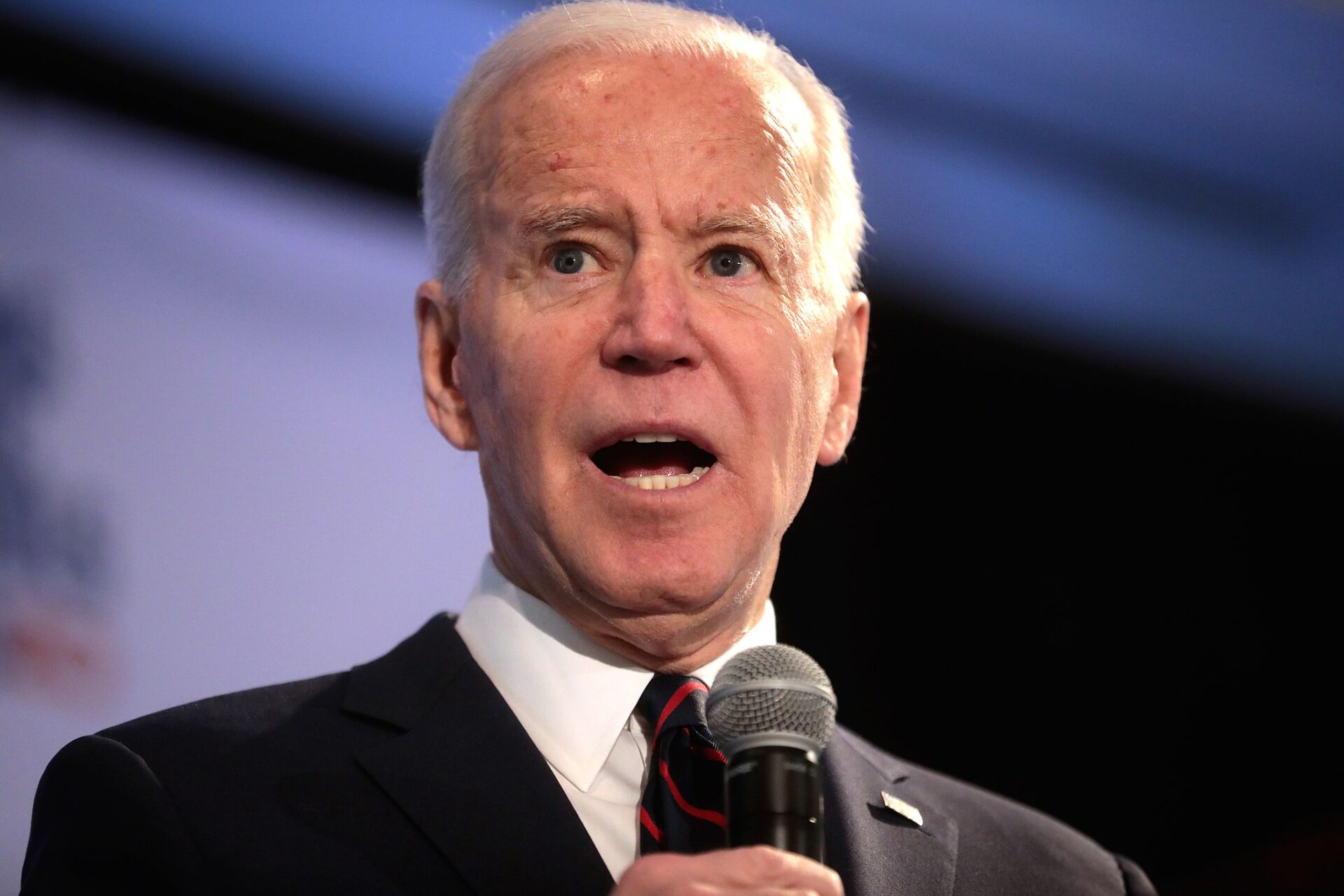Trump To Flip Ultra-Blue State Red
Minnesota’s political landscape appears to be undergoing a significant shift as the 2024 election cycle ramps up. Traditionally a Democratic stronghold, recent developments have thrust the state into contention for the Republican Party. The turmoil within the Democratic ranks following President Joe Biden’s lackluster debate performance has provided an opening for Republicans, including former President Donald Trump, who seeks to reclaim the White House.
Political analysts have noted a palpable change in electoral dynamics, with swing-state seats and battlegrounds like Minnesota showing signs of leaning towards the GOP. This shift is underscored by recent updates from Sabato’s Crystal Ball, which downgraded Minnesota’s and Michigan’s Electoral College ratings, marking a departure from their previous Democratic leanings.
Minnesota, a state firmly in the Democratic column for over five decades, is now categorized as leaning Democratic rather than solidly blue. The state, long neglected by Republicans in presidential campaigns, has become a focal point due to internal strife among Democrats and a unified front behind Trump within the GOP.
Aaron Farris, an influential RNC delegate and GOP chairman for Minnesota’s 1st Congressional District, attributes this shift to what he perceives as dishonesty from Democrats regarding Biden’s fitness for office. Farris argues that the Democrats’ narrative of dismissing concerns over Biden’s mental acuity has backfired, resonating negatively with voters disillusioned by inflation, border security issues, and the Democratic agenda in education.
Minnesota Republican strategist Amy Koch points out that the state has seen periodic swings in political allegiance, citing the GOP’s resurgence since narrowly losing to Hillary Clinton in 2016. Koch highlights a renewed Republican vigor, fueled by grassroots support energized by Trump’s leadership and policies.
Former Minnesota state Rep. Kelly Fenton, echoing this sentiment, identifies a resurgence of the energy that propelled Trump in 2016, seeing parallels in the current Republican campaign efforts. Fenton views this as a promising sign for GOP prospects in Minnesota, buoyed by growing unity and support for Trump, especially following endorsements from influential figures like Nikki Haley.
In contrast, Democrats are grappling with internal dissent and concerns over Biden’s electoral viability, reminiscent of the challenges faced in 2016. Koch warns that taking Minnesota for granted, as Clinton did, could prove costly for Biden and the Democrats, particularly if they fail to mobilize voter enthusiasm beyond anti-Trump sentiment.
As the political landscape continues to evolve, Minnesota stands as a pivotal battleground where historical Democratic dominance is now being fiercely contested by a resurgent Republican presence. The upcoming Republican National Convention promises to capitalize on these shifting dynamics, potentially reshaping the electoral map in 2024 and beyond.






